
As you already know, the Apple iPhone 7 Plus has a new dual rear camera but it functions differently from other companies like Huawei for their P9 (and P9 Plus, both have the same camera technology). But what's the difference? Are they the same? And why do they need two cameras at the back anyway? Well, that's what we're going to find out today, so we will be taking a look at the difference between the two devices' camera and how each system works, starting with Apple.
Apple's version
On the iPhone 7 Plus, there's a reason why Apple didn't integrate the same dual camera lens on both smartphones, as the new telephoto lens functions as a zoom-in mode, but still works similarly to the Huawei P9 series, but according to TechCrunch's Matthew Panzarino, he thinks the iPhone 7 series camera is "quite simply the most sophisticated camera and image processor pairing ever seen in a smartphone or any camera period.”
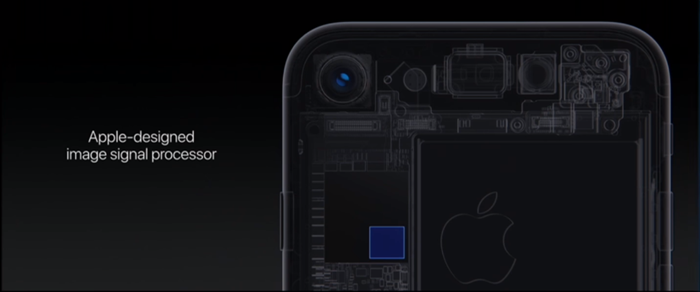
Granted, Apple is definitely not the first company to do such thing, but the "execution is crude by comparison.” as penned by the reviewer. He explained that when taking a picture, the device uses the wide-angle lens and the telephoto fire off; after that, the Image Signal Processor (ISP) analyses the two 12MP images and combines the best parts of every shot from auto-exposure to noise reduction, "fusing" them altogether. This is also probably why there's 3GB RAM inside the device.
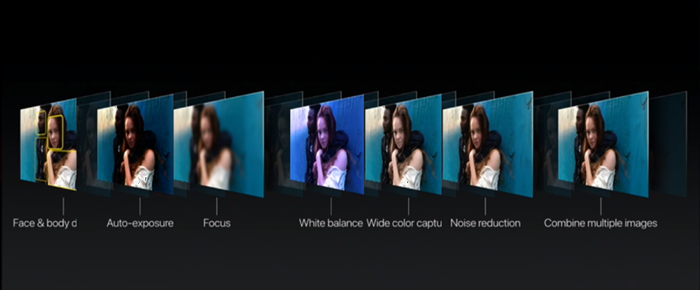
“Fusion takes data from both sensors and merges them into the best possible picture for every condition,” Panzarino writes. “If, for instance, there is a low-light scene that has some dark areas, the image-processing chip could choose to pick up some image data (pixels or other stuff like luminance) from the brighter f1.8 wide angle and mix it in with the data from the f2.8 telephoto, creating a composite image on the fly without any input from the user.”
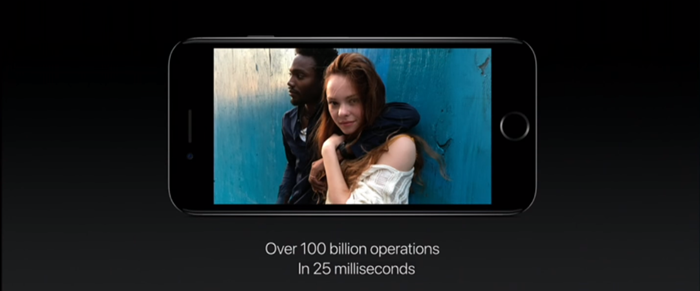
And get this, all this processing only takes 25 milliseconds, that's a lot of work going in that small software which would surely lag from a lesser processor, and considering Apple managed to pull it off is quite something.
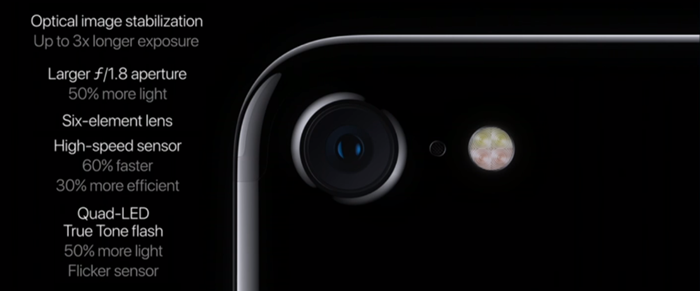
Aside from that, both the iPhone 7 and 7 Plus are equipped with a new camera system, new sensor, new lenses, a new image stabilization and an updated version of its image-processing chip. Basically turning it into a new camera, as Panzarino notes.
Huawei's version
Moving on, let's take a slight look back to the past when Huawei introduced their dual Leica camera lens for the flagship series. During their presentation, the company mentioned that the software inside also goes through a series of imaging quality, image data processing, and optimization; this is for synergizing the RGB sensor and one monochrome sensor together, combining the two images after taking a shot which results in more refined and detailed image.
Luke Au explaning the two sensors
The result of combining the two sensors
A DSLR monochrome shot (above), a P9 monochrome shot (bottom)
On the other hand, the shades of black and grey in its monochrome mode proved not to be some marketing gimmick, as we have tried comparing it with a standard black and white filter (we have yet to find anything that is comparable in quality and detail) and we can immediately tell how much "richness" it has in the shades from the P9 series. Professional mode is available for this monochrome mode too.
Other than that, the aperture is worth mentioning as it can create a depth of field effect and the user can even switch the between subjects or objects after taking the picture, but not before saving the picture.
So there you have it, these are the differences between the iPhone 7 Plus and Huawei P9/P9 Plus. Personally for me, I'm still a big fan of the P9 cameras, although I still have not tested the iPhone 7 series yet, but I was impressed by Apple's new software nonetheless, but what about you? Let's discuss. Thanks for reading and stay tuned for more comparisons at Technave.com!
[Source]




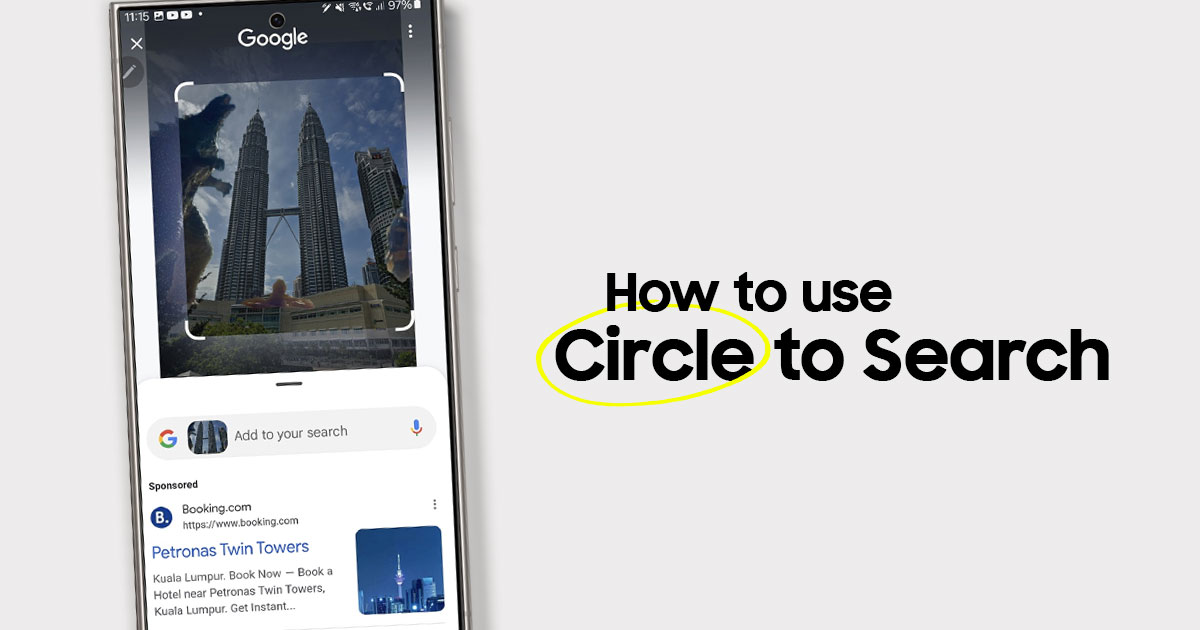


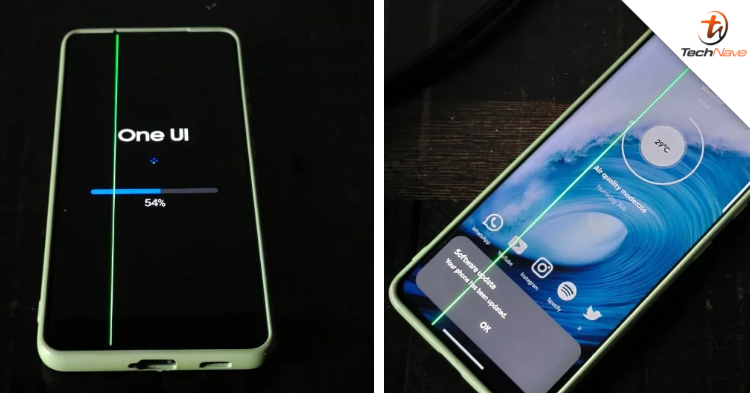



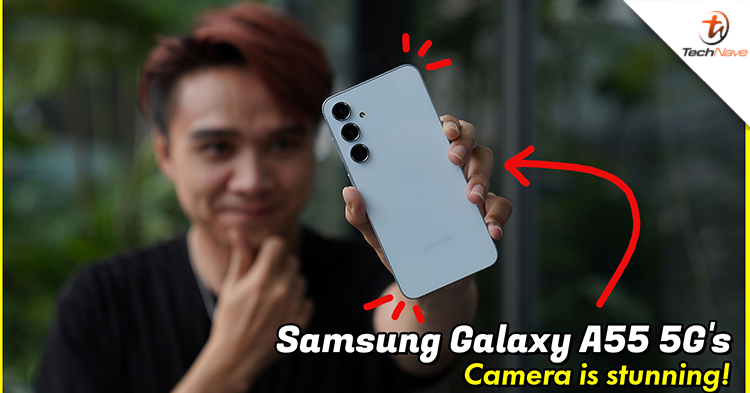
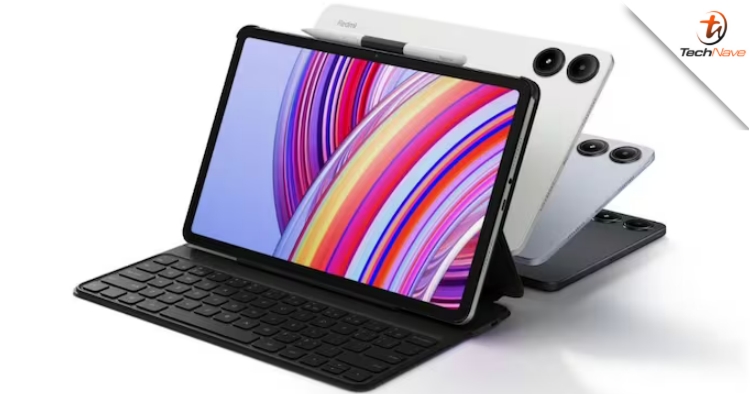
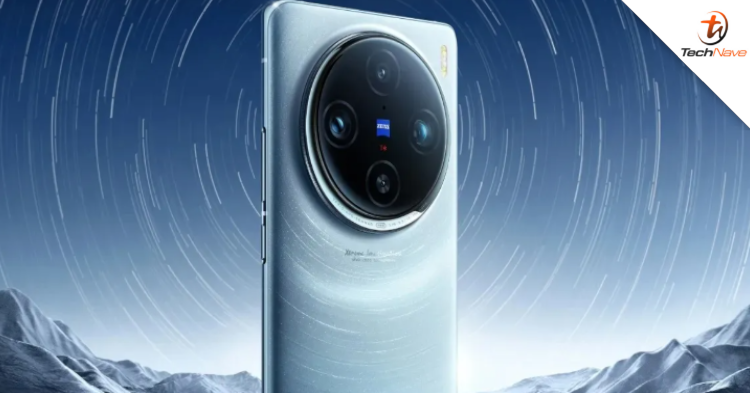
COMMENTS